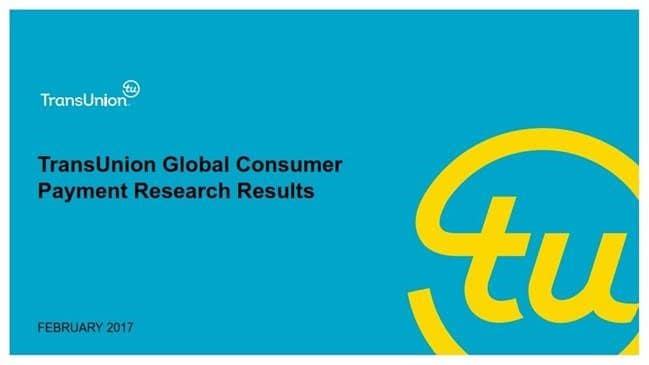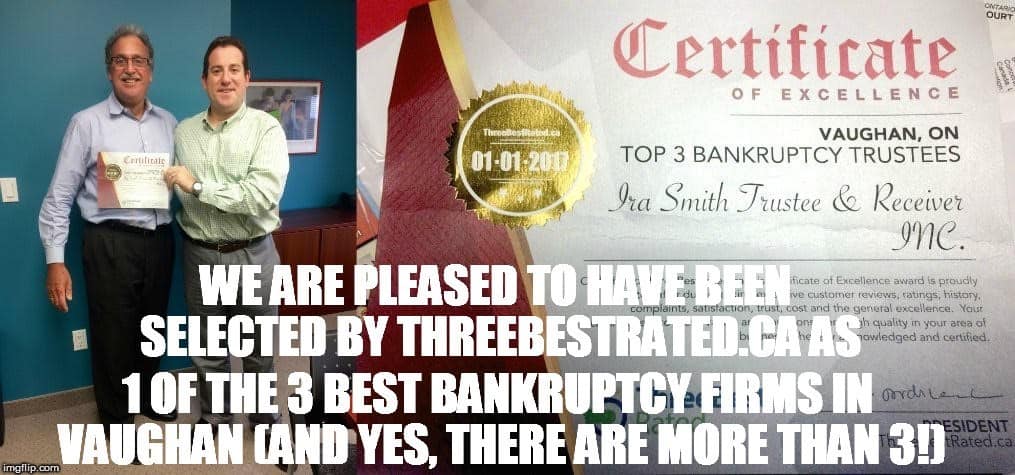Introduction
The purpose of this blog is to discuss the corporate receivership bankruptcy difference Canada. Every general security agreement defines exactly how the secured lender will certainly deal with obtaining his/her cash when it comes to default. One means to do this is by selecting a receiver.
A receiver or receiver/manager is an individual/company licensed by the Federal Government to act as a licensed insolvency trustee. The receiver can be appointed either by an instrument in writing or by a court order. A receivership administration falls under the Bankruptcy and Insolvency Act (Canada) (BIA), where the receiver takes possession and control over the assets to of the insolvent business.
The receiver or receiver/manager will certainly seize the properties covered under the lender’s security or covered by the court order. The receiver will also develop a plan to market the assets for sale. After paying any type of priority claims as well as the receivership administration costs, the net funds are paid to the first secured creditor.
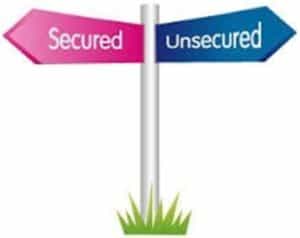
Can you have both at the very same time?
Sometimes there is both a bankruptcy plus a receivership. Receivership is a treatment for secured creditors, such as financial institutions. Bankruptcy is a treatment for unsecured creditors.
Receivership bankruptcy difference Canada: Bankruptcy
A business could be placed right into bankruptcy by any one of the following methods:
- a creditor could apply for a bankruptcy order putting the business right into bankruptcy through the courts;
- the directors could assign the corporation right into bankruptcy;
- a restructuring proposal could be voted down at the meeting of creditors; or
- a restructuring proposal could be annulled by the trustee or creditor for non-compliance.
There are many reasons that a corporation could go into bankruptcy. These consist of the following:
- The firm has defaulted under its premises lease, the landlord distrains against the firm’s possessions. A bankruptcy or a notice to make a proposal filed before the property owner finishes the sale of assets defeats the lease distraint.
- The firm has unsecured assets (i.e., possessions without a lender’s security registered against it) that are available to be realized upon. Also, the firm cannot carry on business any longer.
- If a restructuring proposal is submitted, but the company could not get adequate funding to continue its business and complete the proposal.
- To reorganize the statutory priorities.
- To officially bring the business to an end as well as give a complete report to the creditors so they will not believe the principals engaged in any kind of misbehaviour.
Receivership bankruptcy difference Canada: Corporate Bankruptcy
In a company bankruptcy, the licensed insolvency trustee seizes all the business’s properties plus deals with all the creditors. The directors and management of the company accept the authority of the trustee; if requested by the trustee, they can as well as aid the trustee in his/her tasks. This eliminates them from all the stress of dealing with the creditors as well as running the cash-starved business.
Receivership bankruptcy difference Canada: Making the Application to Put a Debtor Into Bankruptcy
If a creditor is incapable of recovering the amount owed to it with any one of the readily available techniques which can be done, they may look to a bankruptcy application. This is especially so having actually acquired a judgment for the quantum owing which has not been satisfied. The BIA allows for the licensed insolvency trustee, once appointed, to take possession in an organized way, the assets of an insolvent debtor, to realize upon those assets and to then distribute the funds according to the scheme of priority in the BIA.
The BIA allows for the benefit of both bankrupts and their creditors. While the Act is not planned for usage as a device for the collection of private financial obligations, this may be the case in specific situations.
Receivership bankruptcy difference Canada: When is a Creditor Allowed making a Bankruptcy Application?
An unsecured creditor could apply for a bankruptcy order where:
- the lender is owed $1,000 or even more on an unsecured basis, and
- there has actually been an act of bankruptcy by the borrower within the 6 months that come before the filing of the application. Keep in mind that a secured lender can value its security at less than the overall amount owing to develop a partly unsecured debt.
The BIA states that acts of bankruptcy consist of the following:
- if in Canada or elsewhere he makes an assignment of his property to a trustee for the benefit of his creditors generally, whether it is an assignment authorized by this Act or not;
- if in Canada or elsewhere the debtor makes a fraudulent gift, delivery or transfer of the debtor’s property or of any part of it;
- if in Canada or elsewhere the debtor makes any transfer of the debtor’s property or any part of it, or creates any charge on it, that would under this Act be void or, in the Province of Quebec, null as a fraudulent preference;
- if, with intent to defeat or delay his creditors, he departs out of Canada, or, being out of Canada, remains out of Canada, or departs from his dwelling house or otherwise absents himself;
- if the debtor permits any execution or other process issued against the debtor under which any of the debtor’s property is seized, levied on or taken in execution to remain unsatisfied until within five days after the time fixed by the executing officer for the sale of the property or for fifteen days after the seizure, levy or taking in execution, or if any of the debtor’s property has been sold by the executing officer, or if the execution or other process has been held by the executing officer for a period of fifteen days after written demand for payment without seizure, levy or taking in execution or satisfaction by payment, or if it is returned endorsed to the effect that the executing officer can find no property on which to levy or to seize or take, but if interpleader or opposition proceedings have been instituted with respect to the property seized, the time elapsing between the date at which the proceedings were instituted and the date at which the proceedings are finally disposed of, settled or abandoned shall not be taken into account in calculating the period of fifteen days;
- if he exhibits to any meeting of his creditors any statement of his assets and liabilities that shows that he is insolvent, or presents or causes to be presented to any such meeting a written admission of his inability to pay his debts;
- if he assigns, removes, secretes or disposes of or attempts or is about to assign, remove, secrete or dispose of any of his property with the intent to defraud, defeat or delay his creditors or any of them;
- if he gives notice to any of his creditors that he has suspended or that he is about to suspend the payment of his debts;
- if he defaults in any proposal made under this Act; and if he ceases to meet his liabilities generally as they become due.
- if he ceases to meet his liabilities generally as they become due.
Keep in mind that in most of the situations above, the creditor does not need to show that the borrower cannot pay various other creditors. In the last situation, the creditor should show that more than just its own debt is not being paid. Unique situations would differentiate matters though.
Unique scenarios can consist of allegations of fraud, near-fraud or those other transactions which fall under the types that would seem to be attackable by a trustee. At least on a prima facie basis.
It should, nonetheless, be remembered that stringent evidence of both your unsecured debt and an act of bankruptcy is required to have an individual or business judged bankrupt.
Receivership bankruptcy difference Canada: Under What Circumstances Should a Creditor Make An Application For A Bankruptcy Order?
Making an application for a bankruptcy order to put a debtor into bankruptcy is no little job. Prior to choosing this option, consider the following:
- the presence and amounts of claims that could take priority over your unsecured creditor status;
- the dollar measure of unsecured debt ranking on the same level with your financial debt (i.e., each unsecured creditor is paid according to the calculated share based on the measure of his/her debt);
- the existence of questionable transactions or transfers undervalue within the three-month to five-year evaluation period before the declaration of bankruptcy;
- your very own history of repayments from the debtor/borrower in addition to the normal payment patterns in the 3 months before the date of bankruptcy; as well as
- the legitimacy of any kind of security you might hold.
Receivership bankruptcy difference Canada: The Bankruptcy Application Can Be Very Useful
Think about:
- has the debtor actually moved the residential property to a related party for inadequate or no consideration;
- where the debtor does not want to lose a specific part of its property (e.g. a private yacht, unique cars and truck or shares in a firm) or does not want its transactions and events to be inspected by a trustee and/or creditors;
- the debtor (being an individual) expects an inheritance;
- where the debtor (being an individual) needs to be an officer, director and/or shareholder of several businesses;
- the debtor (being an individual) might have his/her expert certification or licence from which he/she derives income compromised or lost as an outcome of being ruled a bankrupt;
- when the bankruptcy of the debtor would cause him/her to lose the ability to generally conduct business, such as required to use a trust account or employment requires the need to be bonded; or
- being a bankrupt would cause the company or individual to lose the advantage of a specific useful agreement, lease, or company.
Receivership bankruptcy difference Canada: How Does a Creditor Make The Application For A Bankruptcy Order?
The creditor desiring to file the application will certainly need a lawyer to prepare the needed documents to make the bankruptcy application. The lawyer will serve the motion material and attend for the bankruptcy order. For an uncontested motion, the lawyer appears before the Bankruptcy Registrar who is a Master of the Court. If opposed, the matter can only be heard by a Judge.
The creditor has to additionally make arrangements with a licensed insolvency trustee to act will need to guarantee the trustee’s fee and costs incurred by the trustee where there are not enough proceeds from the sale of assets. A lot of times it is likewise needed to give the trustee a cash retainer.
When the Bankruptcy Order is made, the licensed insolvency trustee starts the bankruptcy administration. All actions against the insolvent are stayed.
Receivership bankruptcy difference Canada: What If You’re Company Has Too Much Debt?
Is your company insolvent? Are you looking for solutions? The Ira Smith Team is here to offer alternatives to restructuring and turnaround services however, if required, we also act as a licensed insolvency trustee in bankruptcy matters. We offer help in Vaughan as well as throughout the GTA.
Are you an individual or company who feels your situation is hopeless? Ira Smith Trustee & Receiver Inc. can prepare and put in place the plan MADE JUST FOR YOU. The plan will free you from the burden of your financial challenges. With our help, you will go on to live a productive, stress-free, financially sound life.
Our motto is Starting Over, Starting Now! Ira Smith Trustee & Receiver Inc. can help you overcome your financial difficulties. Contact us today.
 Prepare yourself for divorce financially: Introduction
Prepare yourself for divorce financially: Introduction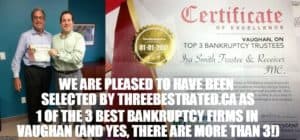

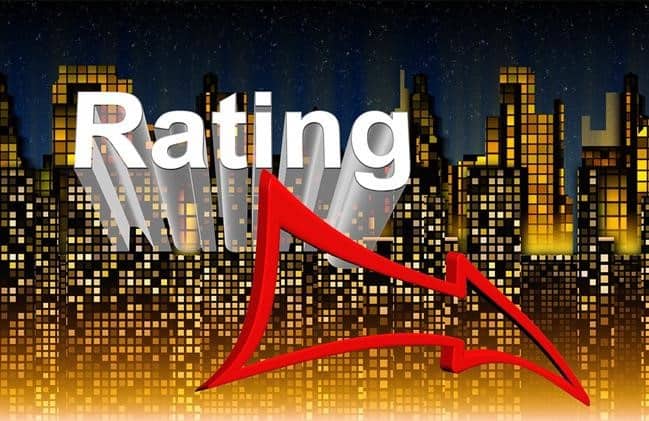 Bundled subprime loans: Introduction
Bundled subprime loans: Introduction